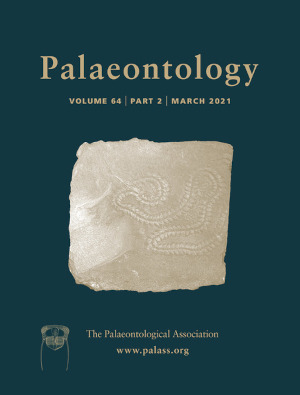Reg. Charity No. 1168330

Bryozoans are epibenthic suspension-feeders and use their ciliated tentacles to generate feeding currents. Modern bryozoan mouth size limits the size of the particles that can be ingested, and lophophore diameter is correlated with water pumping rates. In fossil bryozoans these soft parts are absent, however mouth and lophophore dimensions can be inferred from preserved skeletons. Gondwanan Permian palaeostomate bryozoans show distinct order-level trophic partitioning across warm to cold-water faunas. In diverse warm-water faunas of southern Thailand, fenestrate bryozoans consumed the smallest food particles, cryptostomes and trepostomes consumed mid-size particles, and cystoporates consumed the largest, and widest range, of particles. In contrast, in low diversity cold-water faunas of eastern Australia, where cystoporates and cryptostomes are uncommon, fenestrate bryozoans again consumed the smallest food particles, however the abundant trepostomes had much larger mouths than their warm-water counterparts and consumed the largest food particles. This variation in mouth size, especially in the trepostomes, suggests that within a regional fauna mouth size is not controlled only by higher level systematics and that sessile benthic organisms are trophically structured to utilize different sized food particles from a suspended food source. Gondwanan Permian palaeostomates had much larger mouth and lophophore sizes than modern stenolaemates (cyclostomes) and are more comparable to gymnolaemate (cheilostome) bryozoans. This suggests that palaeostomates were able to access and consume the same range of food resources as modern gymnolaemate bryozoans, and feed at similar rates, prior to the marine environmental changes at the close of the Palaeozoic.